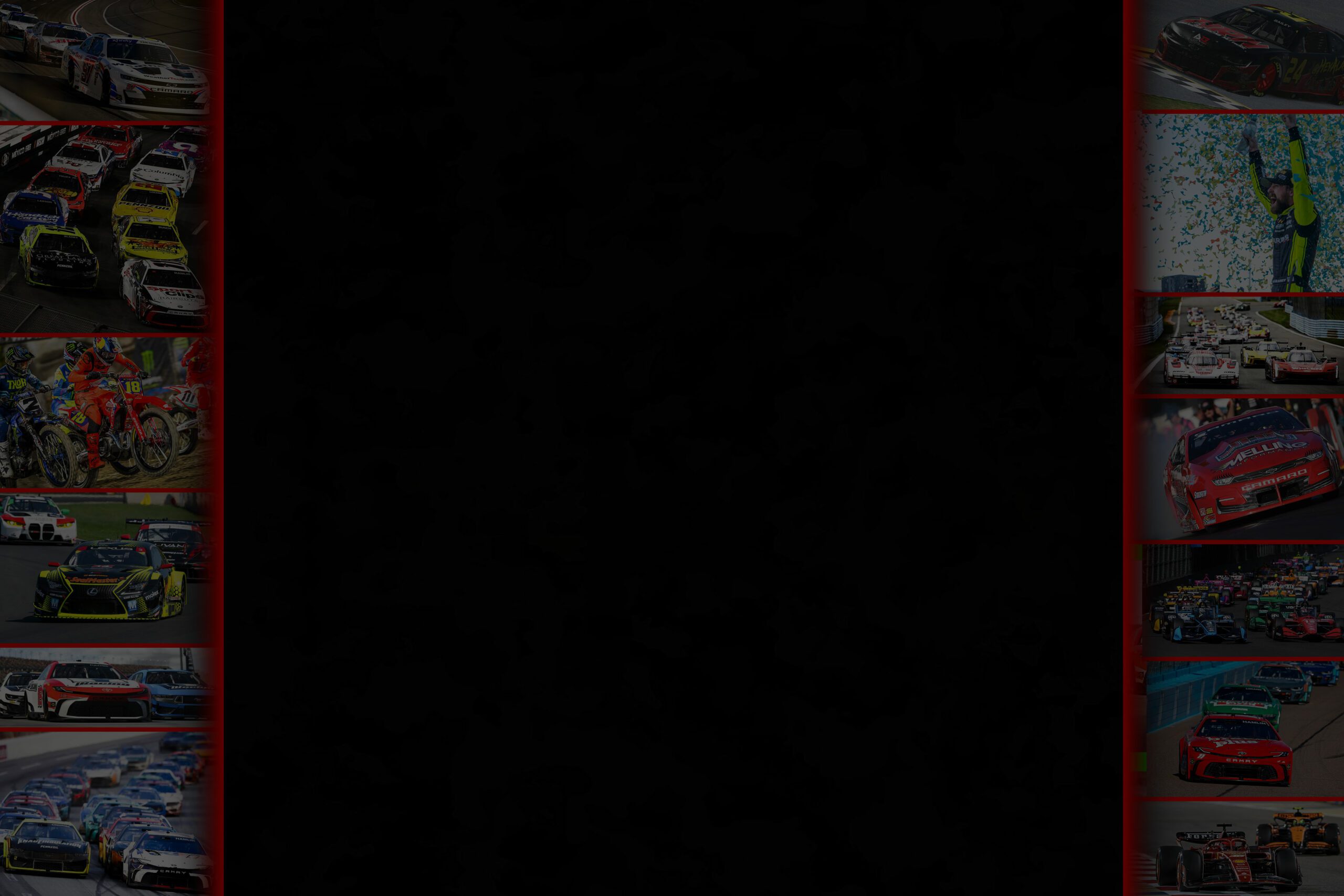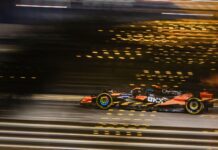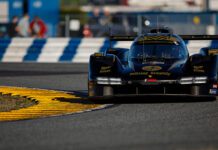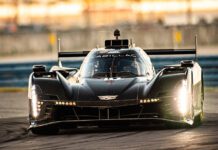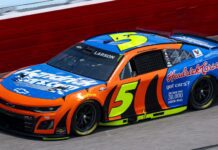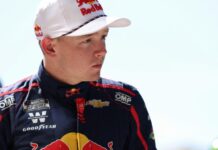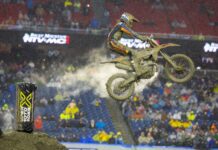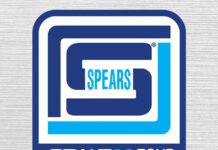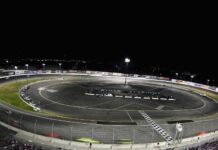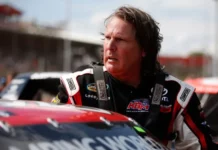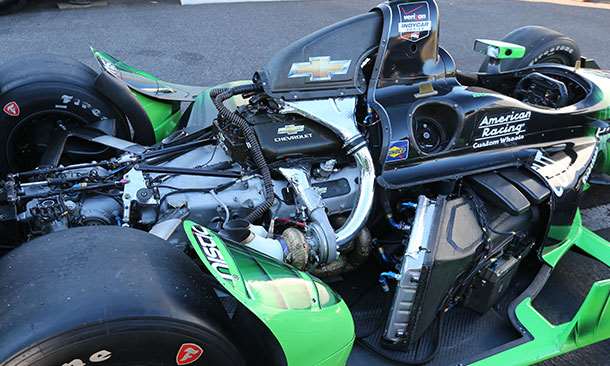Early in the process of designing the Chevrolet aerodynamic bodywork that will make its competitive debut this week in the Firestone Grand Prix of St. Petersburg, collaboration between the engine group and aerodynamicists at Pratt & Miller – Chevrolet’s motorsports partner — was instrumental.
Complementing INDYCAR regulations for road/street course and short oval and the speedway aero components were allotments in the 2015 engine homologation rules that allowed manufacturers to alter external piping to the 2.2-liter, twin-turbocharged V-6 engines supplied by Chevrolet and Honda.
Before the first wind tunnel test of prototype components, agreement between the groups on how to achieve performance gains on the diverse set of Verizon IndyCar Series racetracks took precedence, according to Arron Melvin, chief aerodynamicist for Pratt & Whitney.
“Initial studies were independent, where aerodynamicists studied what the ideal shape would be without consideration for real-world packaging,” he said. “At the same time, the engine group considers what is best for that and very early we bring those together and start assessing performance sensitivities so we can make a design compromise.
“Fortunately, we were able to arrive at a better package for both engine and aerodynamics so it was a relatively straightforward and coherent trade-off. It starts by not limiting the aerodynamics and assessing what’s possible and then starting to integrate.”
The exhaust header assembly is slimmer and the BorgWarner 7163 engineered-for-racing turbochargers have been repositioned from the 2014 package. The 63-milimeter turbine features a ceramic ball bearing cartridge and titanium aluminide turbine wheel that increases throttle response, which decreases spool-up time.
“We have a shorter tailpipe with a shorter intake system and a tighter position,” Melvin said. “The former is good for engine performance and the latter is good for the aerodynamics as well as weight reduction.”
It also will aid in the efficiency of getting air to feed the turbos and expelling it efficiently.
“Any loss in the intake system, reduction in energy of the air going to the turbos, the turbos must work harder thus generating more heat, which robs power,” Melvin explained. “We work hard to have a clean intake path to make the turbos more efficient, cool and have high horsepower.”
